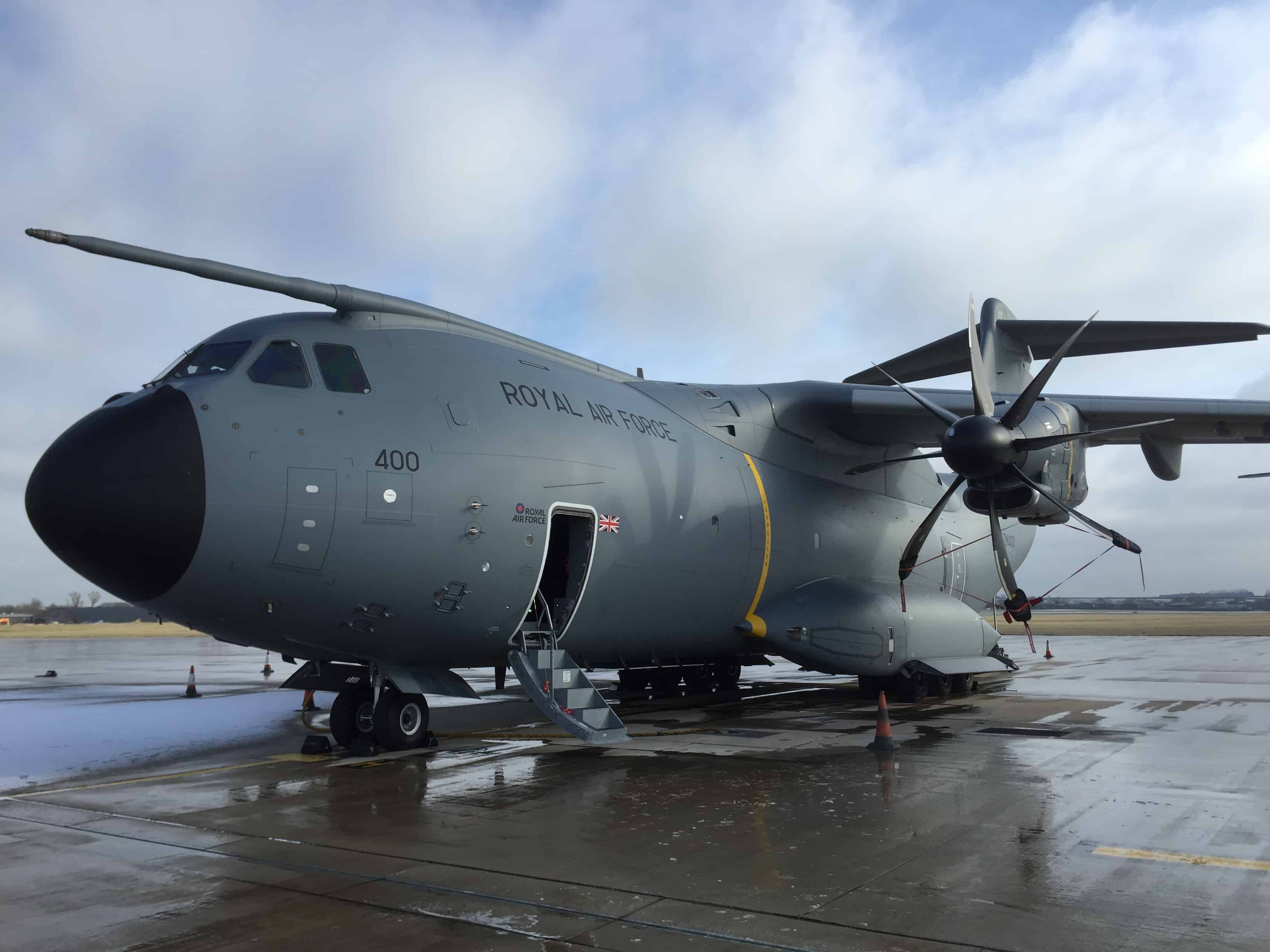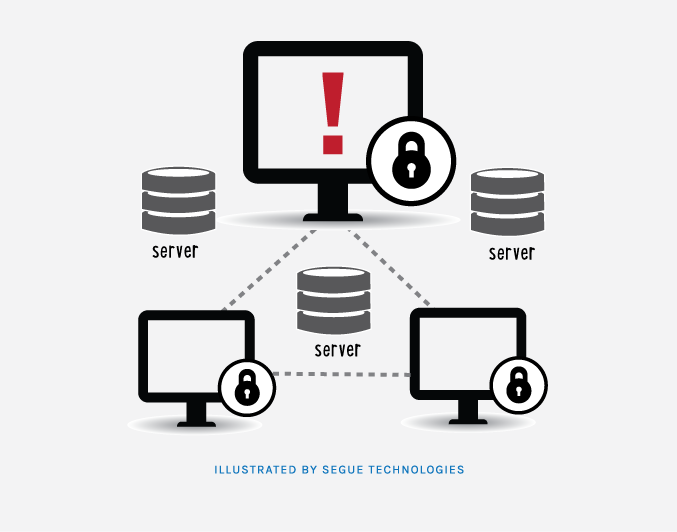Acas Capabilities
An airborne collision avoidance system (ACAS, usually pronounced as ay-kas) operates independently of ground-based equipment and air traffic control in warning pilots of the presence of other aircraft that may present a threat of collision. If the risk of collision is imminent, the system initiates a maneuver that will reduce the risk of collision. ACAS standards and recommended practices are mainly defined in annex 10, volume IV, of the Convention on International Civil Aviation.[1] Much of the technology being applied to both military and general aviation today has been undergoing development by NASA and other partners since the 1980s.[2]
Acas codes of practice set the minimum standard of fairness that workplaces should follow. They are used by employment tribunals when deciding on relevant cases. Code of Practice on disciplinary and grievance procedures Acas Code of Practice 1. DISA, Defense Information Systems Agency. 2020 Virtual Experience Learn more about the AFCEA TechNet Cyber Virtual Event including engagement, dynamic speakers and focused sessions on information technology and cyber. Before dismissal on grounds of capability due to ill health, you’ll need to find out the current medical positions. Consider contacting the employee’s GP (with the employee’s permission, of course), for a report on their illness and their recommendations in relation to working. Remember to request ‘fit notes’ after prolonged absences. The Assured Compliance Assessment Solution (ACAS) is the mandated enterprise vulnerability scanning capability for networks and components that are owned or operated by the Department of Defense (DoD). These networks and components fall within the Department of Defense Information Network (DoDIN) (i.e., NIPRNet or SIPRNet). The capability process must be fair and transparent and, where the employer does not have a written policy and procedure, it is advisable to follow the Acas Code of Practice for Discipline and Grievance and adapt it for capability.
A distinction is increasingly being made between ACAS and ASAS (airborne separation assurance system). ACAS is being used to describe short-range systems intended to prevent actual metal-on-metal collisions. In contrast, ASAS is being used to describe longer-range systems used to maintain standard en route separation between aircraft (5 nautical miles (9.3 km) horizontal and 1,000 feet (300 m) vertical).[3]
As of 2009, the only implementations that meets the ACAS II standards set by ICAO are Versions 7.0 and 7.1 of TCAS II (Traffic Collision Avoidance System) produced by three manufacturers: Rockwell Collins, Honeywell and ACSS (Aviation Communication & Surveillance Systems; an L-3 Communications and Thales Avionics company).
As of 1973, the United States Federal Aviation Administration (FAA) standard for transponder minimal operational performance, Technical Standard Order (TSO) C74c, contained errors which caused compatibility problems with air traffic control radar beacon system (ATCRBS) radar and Traffic Collision Avoidance System (TCAS) abilities to detect aircraft transponders. First called 'The Terra Problem', there have since been individual FAA Airworthiness Directives issued against various transponder manufacturers in an attempt to repair the operational deficiencies, to enable newer radars and TCAS systems to operate. Unfortunately, the defect[clarification needed] is in the TSO, and the individual corrective actions to transponders have led to significant differences in the logical behavior of transponders by make and mark, as proven by an FAA study of in-situ transponders.[citation needed] In 2009, a new version, TSO C74d[4] was defined with tighter technical requirements.[citation needed]
AIS-P (ACAS)[clarification needed] is a modification which both corrects the transponder deficiencies (the transponder will respond to all varieties of radar and TCAS), then adds an Automatic Independent Surveillance with Privacy augmentation. The AIS-P protocol does not suffer from the saturation issue in high density traffic, does not interfere with the Air Traffic Control (ATC) radar system or TCAS, and conforms to the internationally approved Mode S data packet standard.[citation needed] It awaits member country submission to the ICAO as a requested approval.[citation needed]
Modern aircraft can use several types of collision avoidance systems to prevent unintentional contact with other aircraft, obstacles, or the ground:
Acas Capability Provides A Means For
- Airborne radar can detect the relative location of other aircraft, and has been in military use since World War II, when it was introduced to help night fighters (such as the de Havilland Mosquito and Messerschmitt Bf 110) locate bombers. While larger civil aircraft carry weather radar, sensitive anti-collision radar is rare in non-military aircraft.
- Traffic collision avoidance system (TCAS), actively interrogates the transponders of other aircraft and negotiates collision-avoidance tactics with them in case of a threat. TCAS systems are relatively expensive, and tend to appear only on larger aircraft. They are effective in avoiding collisions only with other aircraft that are equipped with functioning transponders with altitude reporting.
- Small PCAS device for use in light aircraft.a Portable Collision Avoidance System (PCAS) is a less expensive, passive version of TCAS designed for general aviation use. PCAS systems do not actively interrogate the transponders of other aircraft, but listen passively to responses from other interrogations. PCAS is subject to the same limitations as TCAS, although the cost for PCAS is significantly less.
- FLARM is a small-size, low-power device (commonly used in gliders or other light aircraft) which broadcasts its own position and speed vector (as obtained with an integrated GPS) over a license-free ISM band radio transmission. At the same time it listens to other devices based on the same standard. Intelligent motion prediction algorithms predict short-term conflicts and warn the pilot accordingly by acoustical and visual means. FLARM incorporates a high-precision WAAS 16-channel GPS receiver and an integrated low-power radio transceiver. Static obstacles are included in FLARM's database. No warning is given if an aircraft does not contain an additional FLARM device.
- a Ground proximity warning system (GPWS), or Ground collision warning system (GCWS), which uses a radar altimeter to detect proximity to the ground or unusual descent rates. GPWS is common on civil airliners and larger general aviation aircraft.
- a Terrain awareness and warning system (TAWS) uses a digital terrain map, together with position information from a navigation system such as GPS, to predict whether the aircraft's current flight path could put it in conflict with obstacles such as mountains or high towers, that would not be detected by GPWS (which uses the ground elevation directly beneath the aircraft). One of the best examples of this type of technology is the Auto-GCAS (Ground Collision Avoidance System) and PARS (Pilot Activated Recovery System) that was installed on the entire USAF fleet of F-16's in 2014.[5]
- Synthetic vision provides pilots with a computer-generated simulation of their outside environment for use in low or zero-visibility situations. Information used to present warnings is often taken from GPS, INS, or gyroscopic sensors.
- Obstacle Collision Avoidance System is a ground based system that uses a low powered radar mounted on or near the obstacle. The radar detects aircraft in the proximity of the obstacle and firstly warns aircraft via flashing medium intensity lights and secondly warns aircraft of the obstacle via a VHF broadcast. No additional equipment is required on board the aircraft.

Large, sophisticated aircraft may use several or all of these systems, while a small general aviation aircraft might have only PCAS or benefit from the OCAS system, or no collision-avoidance system at all (other than the pilot's situational awareness)
See also[edit]
References[edit]
- ^'Archived copy'. Archived from the original on 2010-04-21. Retrieved 2010-04-18.CS1 maint: archived copy as title (link)
- ^'NASA-Pioneered Automatic Ground-Collision Avoidance System Operational'. NASA website. Retrieved 8 Oct 2014.
- ^[Hoekstra, J.M. (2002). Free flight with airborne separation assurance. Report No. NLR-TP-2002-170. National Aerospace Laboratory NLR.]
- ^'TSO C74d Air Traffic Control Radar Beacon System (ATCRBS) Airborne Equipment'(PDF). Federal Aviation Administration.
- ^Jedick, Rocky. 'Ground Collision Avoidance System'. Go Flight Medicine. Retrieved 16 Dec 2014.
External links[edit]
An airborne collision avoidance system (ACAS, usually pronounced as ay-kas) operates independently of ground-based equipment and air traffic control in warning pilots of the presence of other aircraft that may present a threat of collision. If the risk of collision is imminent, the system initiates a maneuver that will reduce the risk of collision. ACAS standards and recommended practices are mainly defined in annex 10, volume IV, of the Convention on International Civil Aviation.[1] Much of the technology being applied to both military and general aviation today has been undergoing development by NASA and other partners since the 1980s.[2]


A distinction is increasingly being made between ACAS and ASAS (airborne separation assurance system). ACAS is being used to describe short-range systems intended to prevent actual metal-on-metal collisions. In contrast, ASAS is being used to describe longer-range systems used to maintain standard en route separation between aircraft (5 nautical miles (9.3 km) horizontal and 1,000 feet (300 m) vertical).[3]
As of 2009, the only implementations that meets the ACAS II standards set by ICAO are Versions 7.0 and 7.1 of TCAS II (Traffic Collision Avoidance System) produced by three manufacturers: Rockwell Collins, Honeywell and ACSS (Aviation Communication & Surveillance Systems; an L-3 Communications and Thales Avionics company).
As of 1973, the United States Federal Aviation Administration (FAA) standard for transponder minimal operational performance, Technical Standard Order (TSO) C74c, contained errors which caused compatibility problems with air traffic control radar beacon system (ATCRBS) radar and Traffic Collision Avoidance System (TCAS) abilities to detect aircraft transponders. First called 'The Terra Problem', there have since been individual FAA Airworthiness Directives issued against various transponder manufacturers in an attempt to repair the operational deficiencies, to enable newer radars and TCAS systems to operate. Unfortunately, the defect[clarification needed] is in the TSO, and the individual corrective actions to transponders have led to significant differences in the logical behavior of transponders by make and mark, as proven by an FAA study of in-situ transponders.[citation needed] In 2009, a new version, TSO C74d[4] was defined with tighter technical requirements.[citation needed]
AIS-P (ACAS)[clarification needed] is a modification which both corrects the transponder deficiencies (the transponder will respond to all varieties of radar and TCAS), then adds an Automatic Independent Surveillance with Privacy augmentation. The AIS-P protocol does not suffer from the saturation issue in high density traffic, does not interfere with the Air Traffic Control (ATC) radar system or TCAS, and conforms to the internationally approved Mode S data packet standard.[citation needed] It awaits member country submission to the ICAO as a requested approval.[citation needed]

Modern aircraft can use several types of collision avoidance systems to prevent unintentional contact with other aircraft, obstacles, or the ground:
- Airborne radar can detect the relative location of other aircraft, and has been in military use since World War II, when it was introduced to help night fighters (such as the de Havilland Mosquito and Messerschmitt Bf 110) locate bombers. While larger civil aircraft carry weather radar, sensitive anti-collision radar is rare in non-military aircraft.
- Traffic collision avoidance system (TCAS), actively interrogates the transponders of other aircraft and negotiates collision-avoidance tactics with them in case of a threat. TCAS systems are relatively expensive, and tend to appear only on larger aircraft. They are effective in avoiding collisions only with other aircraft that are equipped with functioning transponders with altitude reporting.
- Small PCAS device for use in light aircraft.a Portable Collision Avoidance System (PCAS) is a less expensive, passive version of TCAS designed for general aviation use. PCAS systems do not actively interrogate the transponders of other aircraft, but listen passively to responses from other interrogations. PCAS is subject to the same limitations as TCAS, although the cost for PCAS is significantly less.
- FLARM is a small-size, low-power device (commonly used in gliders or other light aircraft) which broadcasts its own position and speed vector (as obtained with an integrated GPS) over a license-free ISM band radio transmission. At the same time it listens to other devices based on the same standard. Intelligent motion prediction algorithms predict short-term conflicts and warn the pilot accordingly by acoustical and visual means. FLARM incorporates a high-precision WAAS 16-channel GPS receiver and an integrated low-power radio transceiver. Static obstacles are included in FLARM's database. No warning is given if an aircraft does not contain an additional FLARM device.
- a Ground proximity warning system (GPWS), or Ground collision warning system (GCWS), which uses a radar altimeter to detect proximity to the ground or unusual descent rates. GPWS is common on civil airliners and larger general aviation aircraft.
- a Terrain awareness and warning system (TAWS) uses a digital terrain map, together with position information from a navigation system such as GPS, to predict whether the aircraft's current flight path could put it in conflict with obstacles such as mountains or high towers, that would not be detected by GPWS (which uses the ground elevation directly beneath the aircraft). One of the best examples of this type of technology is the Auto-GCAS (Ground Collision Avoidance System) and PARS (Pilot Activated Recovery System) that was installed on the entire USAF fleet of F-16's in 2014.[5]
- Synthetic vision provides pilots with a computer-generated simulation of their outside environment for use in low or zero-visibility situations. Information used to present warnings is often taken from GPS, INS, or gyroscopic sensors.
- Obstacle Collision Avoidance System is a ground based system that uses a low powered radar mounted on or near the obstacle. The radar detects aircraft in the proximity of the obstacle and firstly warns aircraft via flashing medium intensity lights and secondly warns aircraft of the obstacle via a VHF broadcast. No additional equipment is required on board the aircraft.
Large, sophisticated aircraft may use several or all of these systems, while a small general aviation aircraft might have only PCAS or benefit from the OCAS system, or no collision-avoidance system at all (other than the pilot's situational awareness)

Acas Capability
See also[edit]
References[edit]
- ^'Archived copy'. Archived from the original on 2010-04-21. Retrieved 2010-04-18.CS1 maint: archived copy as title (link)
- ^'NASA-Pioneered Automatic Ground-Collision Avoidance System Operational'. NASA website. Retrieved 8 Oct 2014.
- ^[Hoekstra, J.M. (2002). Free flight with airborne separation assurance. Report No. NLR-TP-2002-170. National Aerospace Laboratory NLR.]
- ^'TSO C74d Air Traffic Control Radar Beacon System (ATCRBS) Airborne Equipment'(PDF). Federal Aviation Administration.
- ^Jedick, Rocky. 'Ground Collision Avoidance System'. Go Flight Medicine. Retrieved 16 Dec 2014.